24 Wild Animals in Greece [Wildlife in Greece]
Want to know more about wildlife in Greece?
Discover 24 wild animals in Greece in this post, as well as interesting facts about them. 🇬🇷
Learn All About Greek Animals
Ready to learn all about Greek animals?
I’ve always been fascinated by animals, and by how they can be so different from one country to another. In this guide, we’ll focus on the many animals Greece has on the land, in the sky, and under water.
I’ve split the guide into 4 categories:
- Native animals from Greece
- Endangered animals of Greece
- What is the national animal of Greece?
- How many animals native to Greece?
Let’s dive in right away with our first category!
Native Animals from Greece
Greece is a European country located in the southern part of the continent, and it is surrounded by the Mediterranean Sea. It is one of the most important countries in the world in terms of history and culture, alongside Egypt and Italy. It is bordered by Bulgaria, North Macedonia, Albania, and Turkey, and its capital and largest city is Athens, which counts more than 664,000 inhabitants (but more than 3,753,000 if you include the metropolitan area).
An interesting part of the country that I wanted to tackle is its wildlife. In light of that, I have listed the best of it, and I hope you will love learning what animals live in Greece.
Here’s the Greece animals list.
1. Mediterranean monk seal
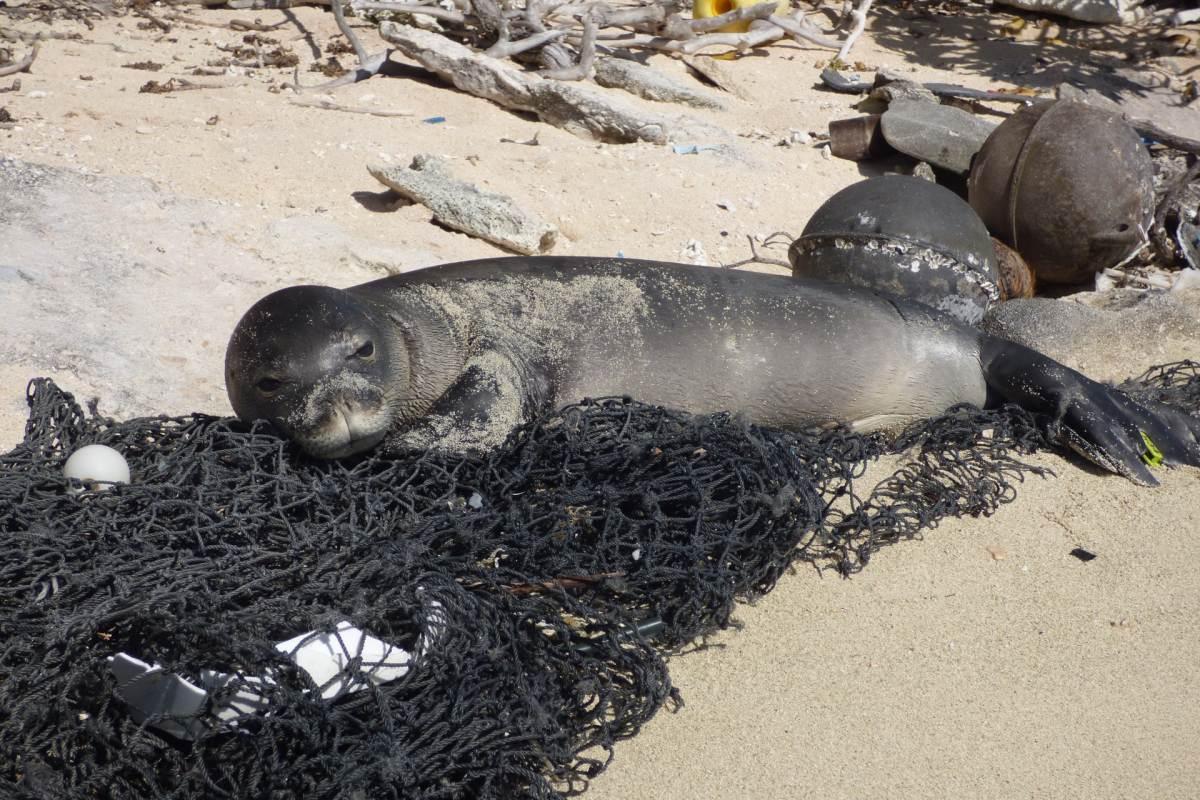
- Name: Mediterranean monk seal
- Scientific name: Monachus monachus
- Conservation status:
The Mediterranean monk seal is a species of monk seal native to several areas of the Mediterranean Sea, and into the Atlantic Ocean. There are about 3 to 4 populations left, and fewer than 700 individuals, which is why it is considered endangered, but could actually very well be on the brink of extinction now.
The world’s rarest pinniped species are diurnal and feed on a variety of fish and mollusks, namely squids, octopus, and eels.
2. Golden jackal
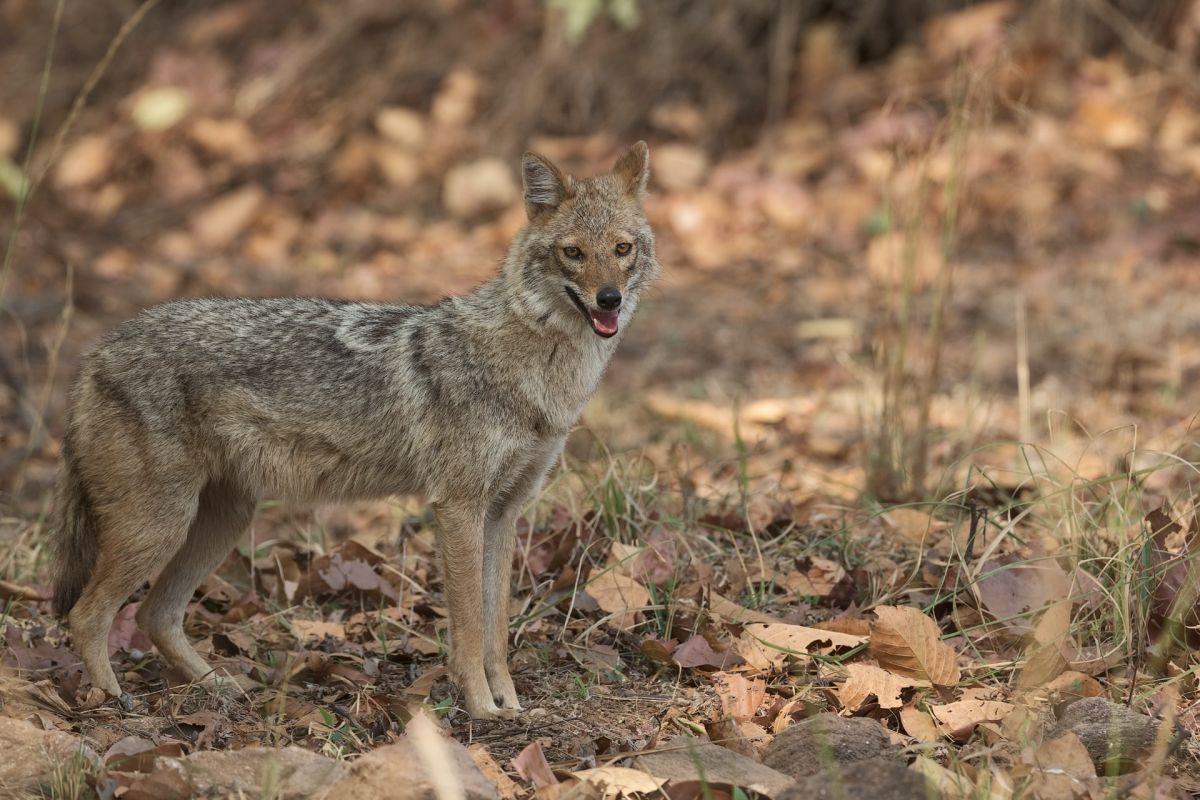
- Name: Golden jackal
- Scientific name: Canis aureus
- Conservation status:
The golden jackal is a species of wolf-like canid native to East Europe and southwestern, southeastern, and southern Asia. It is smaller than the smallest gray wolf subspecies, and it can vary in color from a pale yellow to a dark beige, depending on the area and the season.
This canid lives in valleys near bodies of water and is rare in rocky and icy areas such as high mountains. It is a very social and adaptable species that feeds on anything from fruit and insects to small ungulates such as domestic water buffalo calves.
3. Gray wolf
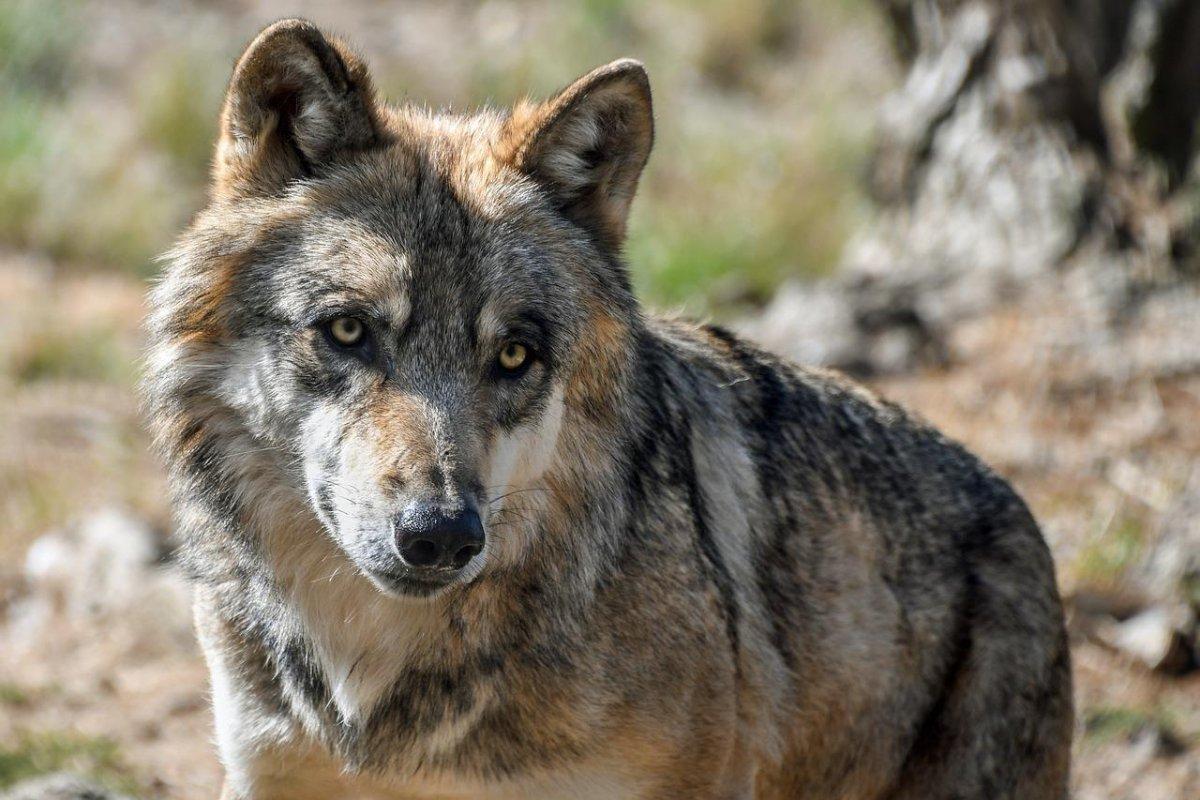
- Name: Gray wolf
- Scientific name: Canis lupus
- Conservation status:
Speaking of it, the gray wolf, widely known as the wolf, is a large species of canine native to much of the Northern Hemisphere, from Eurasia to North America and even Greenland. It is the largest member of the canid family and is specialized in cooperative game hunting.
This animal is mainly a carnivore that feeds on large mammals, as well as small rodents, livestock, carrion, and even garbage. This adaptability explains the wide success of the gray wolf as a species, and several subspecies are currently recognized.
4. American mink
- Name: American mink
- Scientific name: Neogale vison
- Conservation status:
The American mink is a species of semi-aquatic mustelid native to North America, as its name suggests. What is it doing in Greece, will you ask me? Well, it has been introduced to the Old World throughout the 20th century for fur-farming purposes, and its range is now growing.
This mink suffers from infestations such as fleas and ticks, and it can transfer some diseases to cattle, sheep, and between minks.
5. Eurasian brown bear
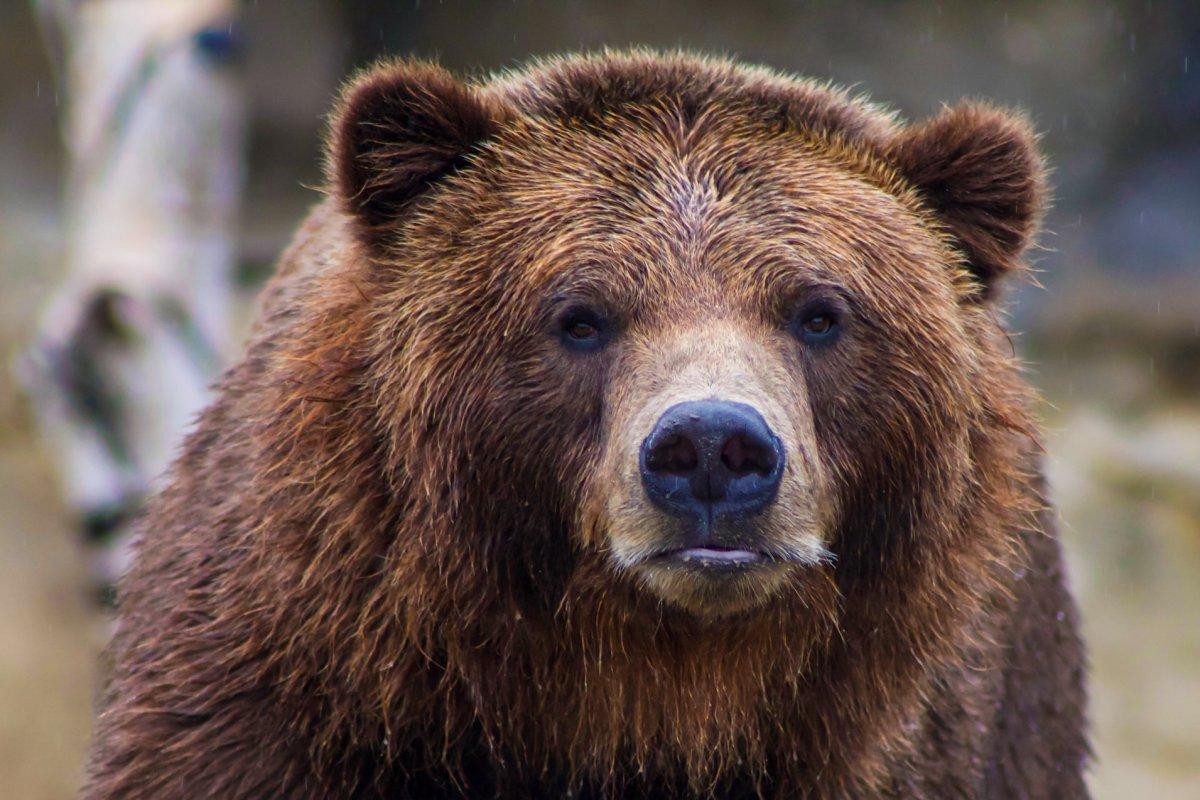
- Name: Eurasian brown bear
- Scientific name: Ursus arctos arctos
- Conservation status:
The Eurasian brown bear, also known as the common bear or the European brown bear is a subspecies of the brown bear and the most common one of them. It has been locally extirpated from Britain since AD 1000 because of over-hunting. In antiquity, it was used in Ancient Rome for fighting in arenas, and it was almost entirely carnivorous, but the brown bear has since adapted and is much more omnivorous now.
6. Kri-kri
- Name: Kri-kri
- Scientific name: Capra aegagrus cretica
- Conservation status:
The kri-kri, also known as the Cretan Ibex, the Agrimi, or the Cretan goat, is a species of feral goat native to the Eastern Mediterranean. Nowadays, it can only be found on the island of Crete, as well as on three small offshore islands.
In 1960, the kri-kri was seriously under threat, with only about 200 individuals remaining. Since then, protection efforts were made, and there are now around 2,000 animals left. This species should not be in danger anytime soon though, as it has been widely domesticated.
7. Marbled polecat
- Name: Marbled polecat
- Scientific name: Vormela peregusna
- Conservation status:
The marbled polecat is a species of small mammal native to Central and West Asia, as well as southeastern Europe. It inhabits dry areas and grasslands and is known to emit a strong-smelling secretion when threatened, just like other polecats.
This polecat is mostly active during the morning and the evening and has poor eyesight. To compensate, it heavily relies on its very strong sense of smell and feeds on ground squirrels, hamsters, and other rodents.
8. Balkan lynx
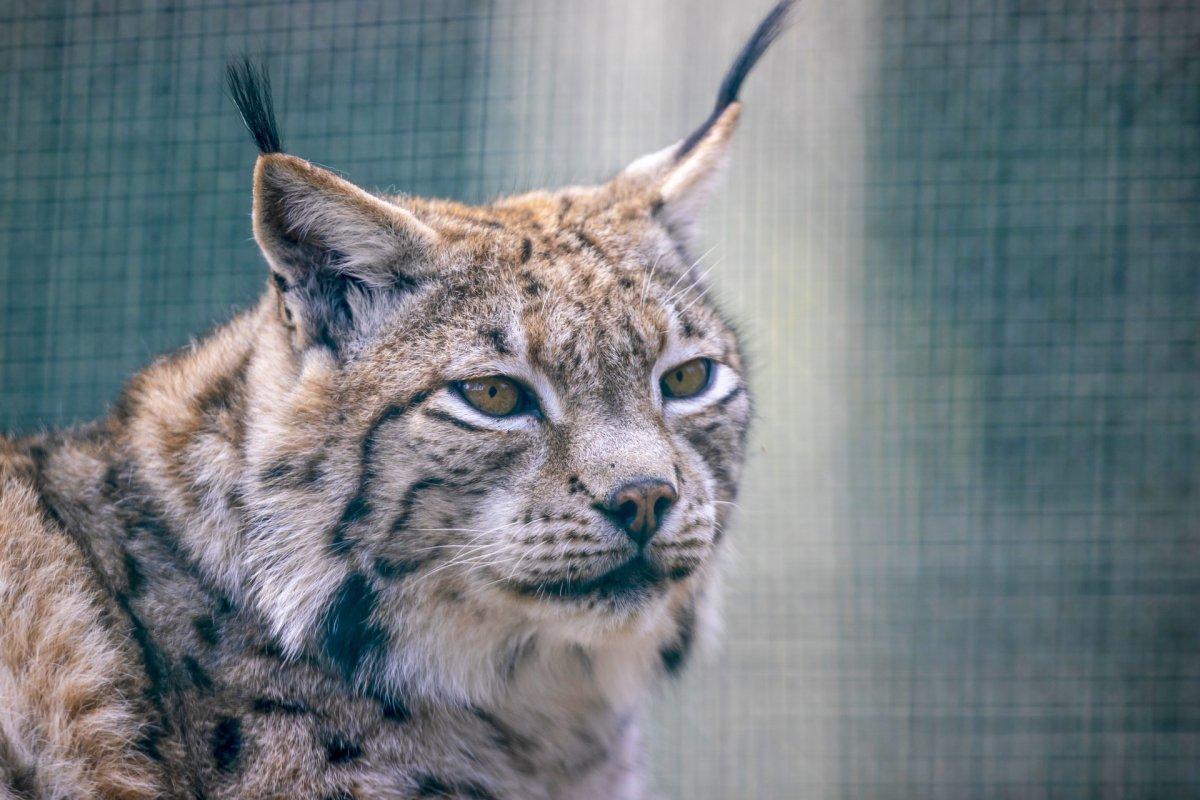
- Name: Balkan lynx
- Scientific name: Lynx lynx balcanicus
- Conservation status:
The Balkan lynx is one of the subspecies of the Eurasian lynx, and it is native to southern and southeastern Europe and Russia. Known as the national symbol of North Macedonia, it appears on a denar coin.
The remaining 35 to 40 Balkan lynxes in North Macedonia live in a national park, and this medium-sized wild cat is on the brink of extinction and has been for over a century now: less than 50 individuals remain in the world.
9. European wildcat
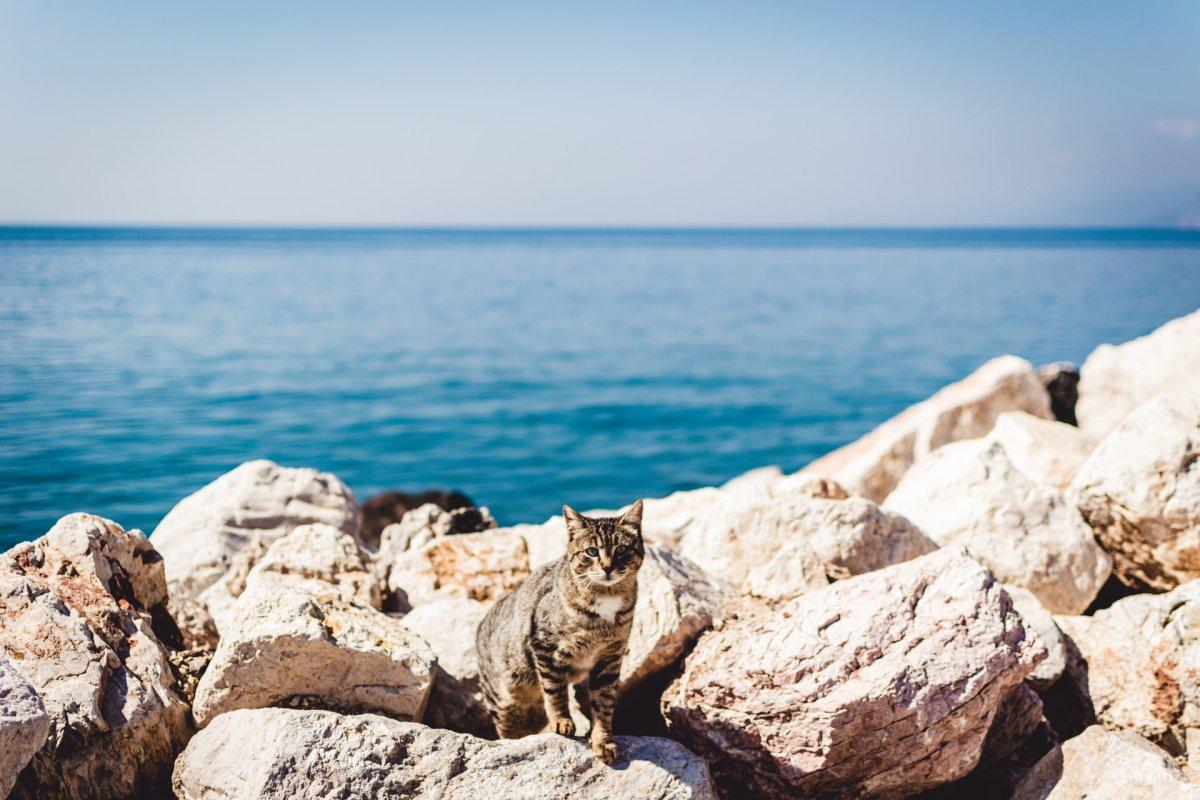
- Name: European wildcat
- Scientific name: Felis silvestris
- Conservation status:
From one wild cat to another! The European wildcat, infinitely less threatened than the Balkan lynx, is a species of small wildcat native to continental Europe, Turkey, the Caucasus, and Scotland. It lives in forests and has gray and brown fur.
Similar to most other wild cats, the European wildcat is mostly nocturnal, and it feeds on small mammals such as rodents, as well as ground-dwelling birds.
10. Mute swan
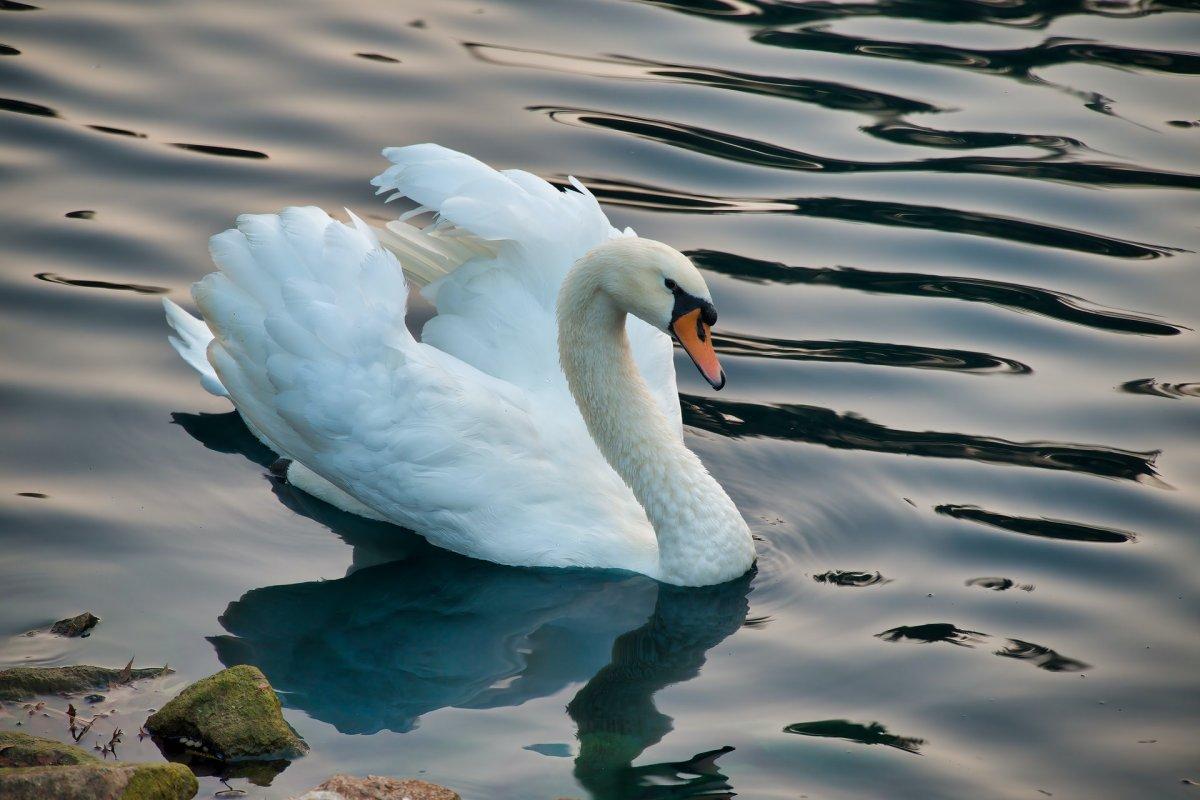
- Name: Mute swan
- Scientific name: Cygnus olor
- Conservation status:
The mute swan is a not-so-mute species of swan native to most of Euro Siberia. It was given this name because it is much less vocal than other swan species, and it is an introduced species in North America.
This swan is the easiest one to spot, as it does not mind living next to humans. Interestingly enough, it is the national bird of Denmark, and it is a somewhat important figure in popular culture, being present in the famous ballet “Swan Lake” for instance.
11. Greater flamingo
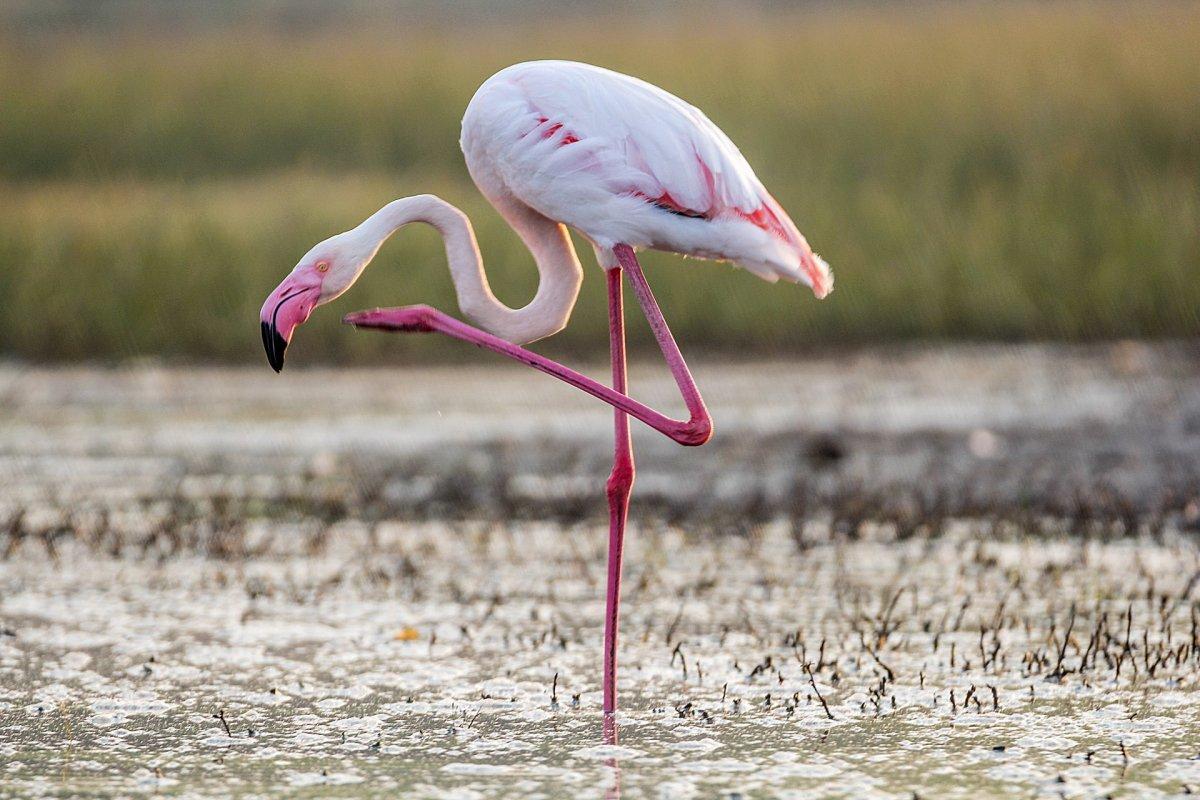
- Name: Greater flamingo
- Scientific name: Phoenicopterus roseus
- Conservation status:
The greater flamingo is a species of flamingo, and the largest and most widespread of them. It can be found in Africa, the Indian subcontinent, southern Europe, and the Middle East, and gets its characteristic pink plumage from the pigments in the organisms that live in the feeding grounds; chicks are born with gray plumage, and only develop the notorious pink color over the course of their life!
12. Striped dolphin
- Name: Striped dolphin
- Scientific name: Stenella coeruleoalba
- Conservation status:
The striped dolphin is a species of dolphin native to temperate and tropical waters of the world. It is intensely studied, and it is largely found in the northern and southern Atlantic.
This dolphin has been hunted by Japanese whalers for decades, and, at best, 21,000 individuals were killed in a single year. Besides, it feeds on fish, krill, crustaceans, and squids, and its dietary preferences vary depending on the area.
13. Eurasian otter
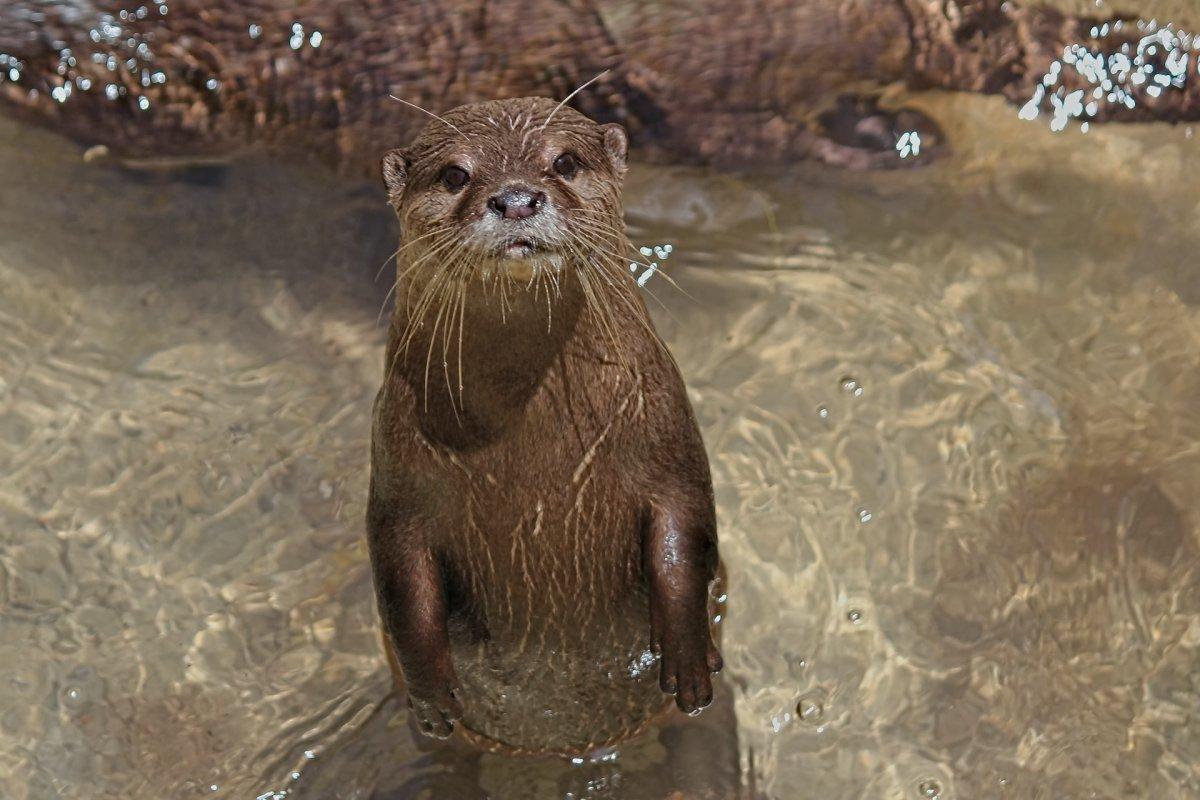
- Name: Eurasian otter
- Scientific name: Lutra lutra
- Conservation status:
The Eurasian otter, also known as the Old World otter, the Eurasian river otter, or the common otter, is a species of semi-aquatic mammal native to much of Eurasia and northwestern Africa. Found from the Iberian Peninsula to the eastern coast of China and Russia, this otter lives in waterways and coasts and feeds on fish.
Strongly territorial, the Eurasian otter is endangered in some areas of its range, but recovering in others.
14. Red deer
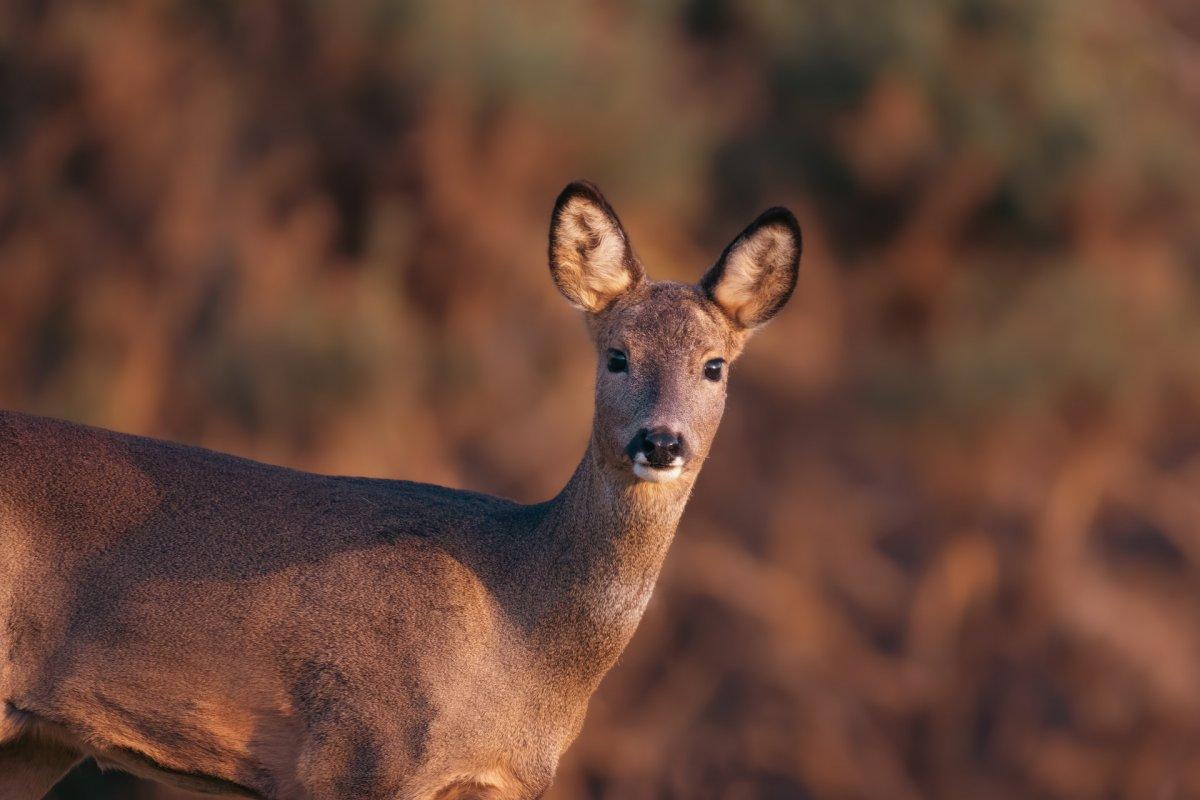
- Name: Red deer
- Scientific name: Cervus elaphus
- Conservation status:
The red deer is one of the most common animals in all of Europe. It lives in dense forests and comes out at night, feeding on different types of grasses. It is a ruminant with a four-chambered stomach, and it used to be rare in some parts of Europe. Now, it has significantly recovered and is very easy to see.
This deer has a long history of interaction with humans, being renowned for its antlers, used for decoration, and for its tasty meat.
15. Chamois
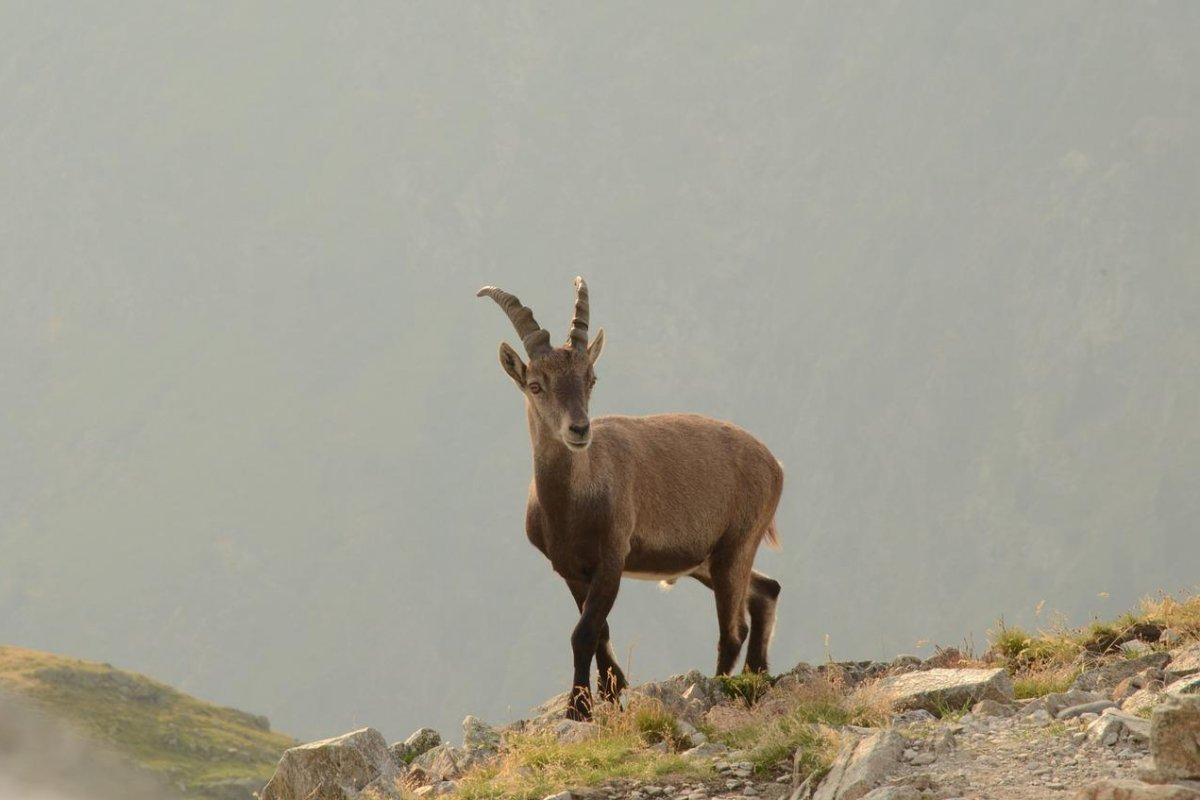
- Name: Chamois
- Scientific name: Rupicapra rupicapra
- Conservation status:
The chamois is a species of goat-antelope native to European mountains, such as the Cantabrian Mountains, the Balkan Mountains, the Caucasus, and the Carpathian Mountains. It lives in rocky areas quite high and has been introduced to the South Island of New Zealand.
Females and their young live in herds of about 15 to 30 individuals, while males are solitary for most of the year, except during the rut when they engage in fierce battles for the attention of females.
16. Beluga whale
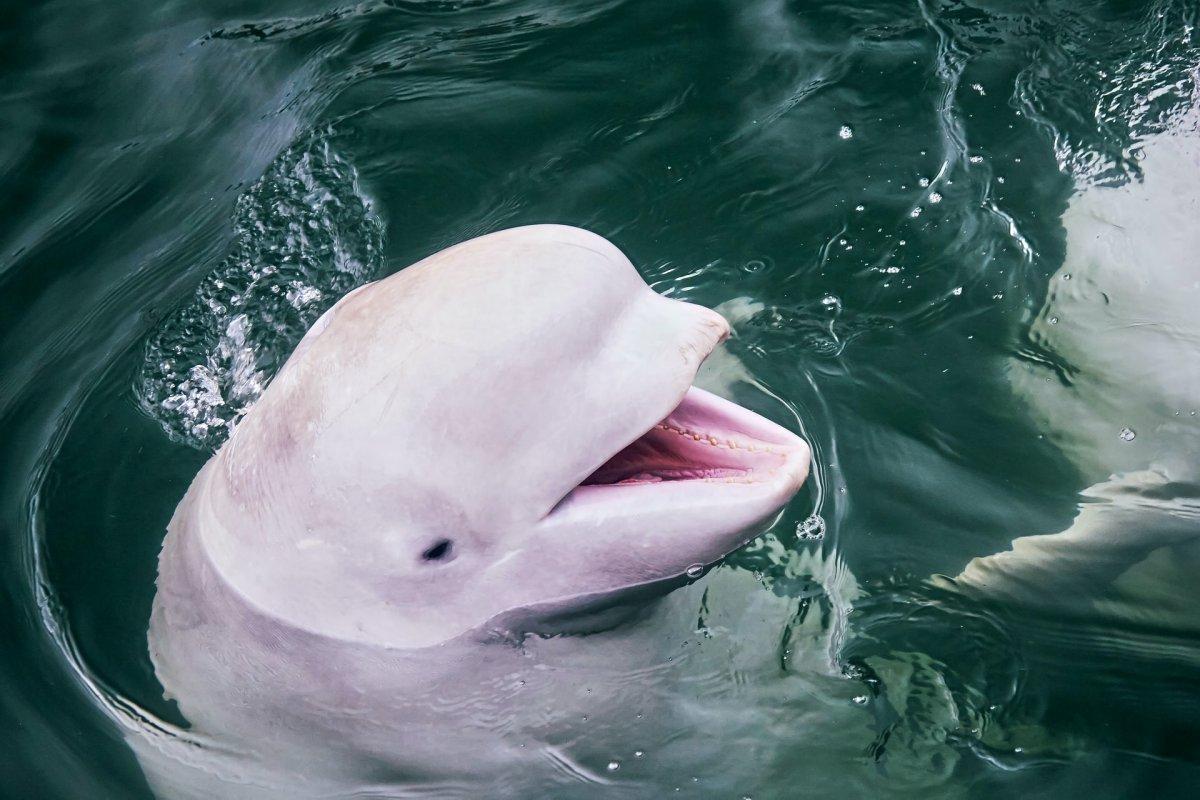
- Name: Beluga whale
- Scientific name: Delphinapterus leucas
- Conservation status:
The beluga whale, also known as the melonhead, the sea canary, or the white whale, is a species of cetaceans native to the arctic and subarctic regions of the planet. It was introduced to other areas of the world, including the Greek waters.
This peculiar animal is adapted to living in the Arctic, with no dorsal fin, which allows it to swim underwater very easily, and a characteristic large head that is particularly useful for echolocation purposes.
17. Red fox
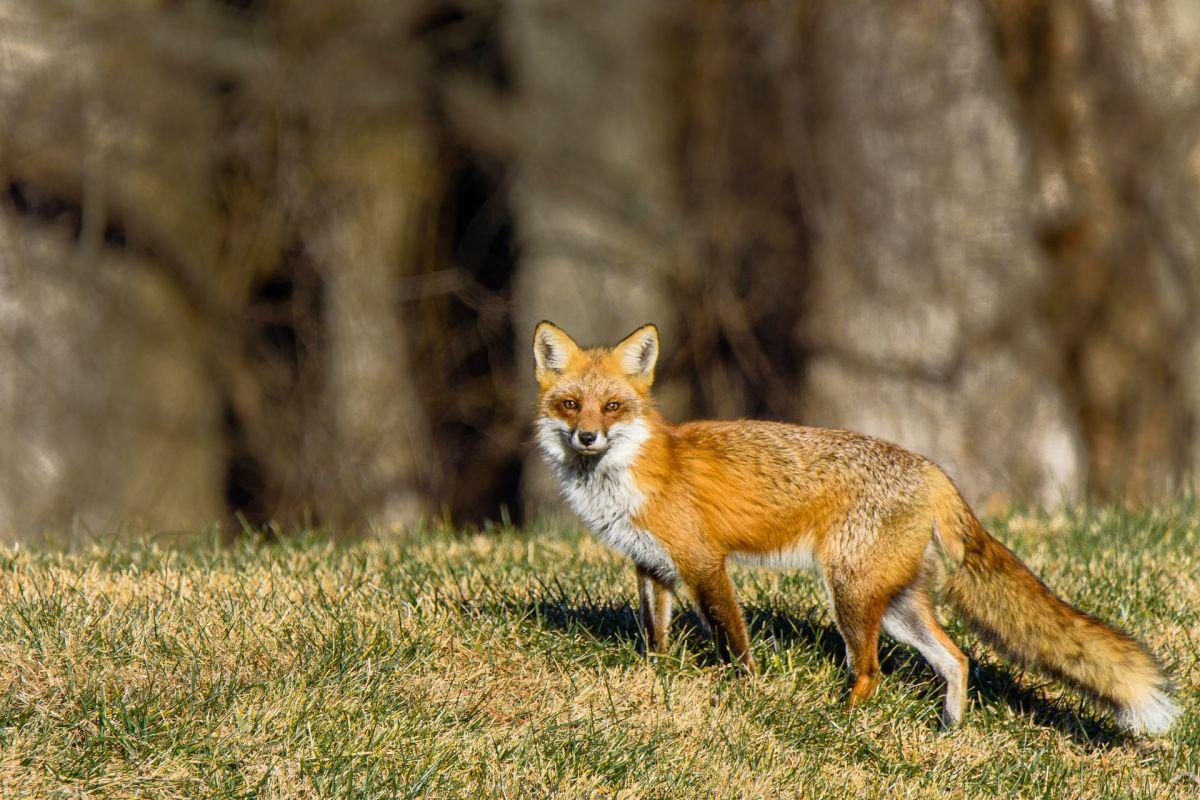
- Name: Red fox
- Scientific name: Vulpes vulpes
- Conservation status:
Despite being considered a very invasive species in some countries, especially Australia, there is no doubt about the worldwide success of the red fox. This species is incredibly adaptable and can tolerate a wide range of habitats: feeding on whatever it can, tolerating human disturbance, and colonizing more and more regions, it is one of the most widespread animals in the world.
This fox either lives in pairs or in small family groups and mostly feeds on rodents and birds.
18. Demoiselle crane
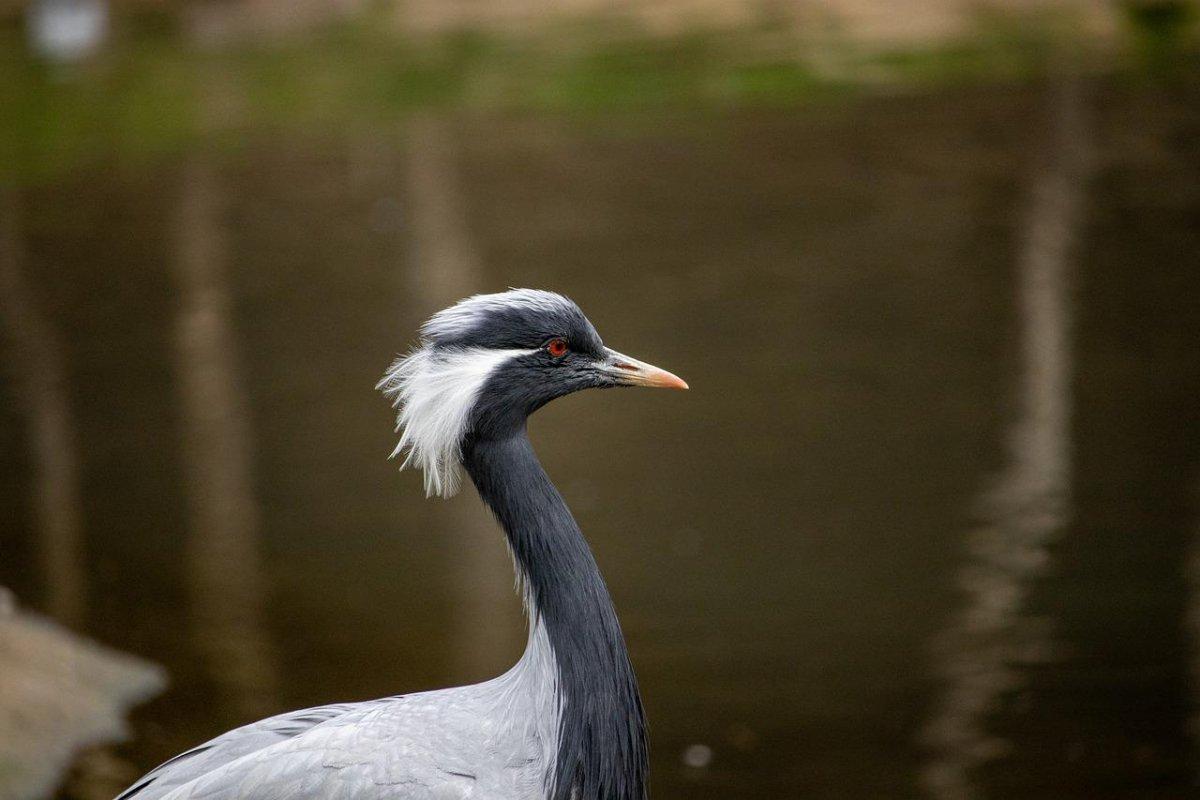
- Name: Demoiselle crane
- Scientific name: Grus virgo
- Conservation status:
The demoiselle crane is a particularly graceful species of crane native to central Eurosiberia, from the Black Sea to northeastern China and Mongolia, as well as Turkey.
In Europe, this bird species spend the winter in Africa, while Asian subpopulations move to the Indian subcontinent. Because of its looks, it is an important part of Indian and Pakistani cultures, poetry, and literature, where it is considered a symbol of beauty.
19. Eurasian oystercatcher
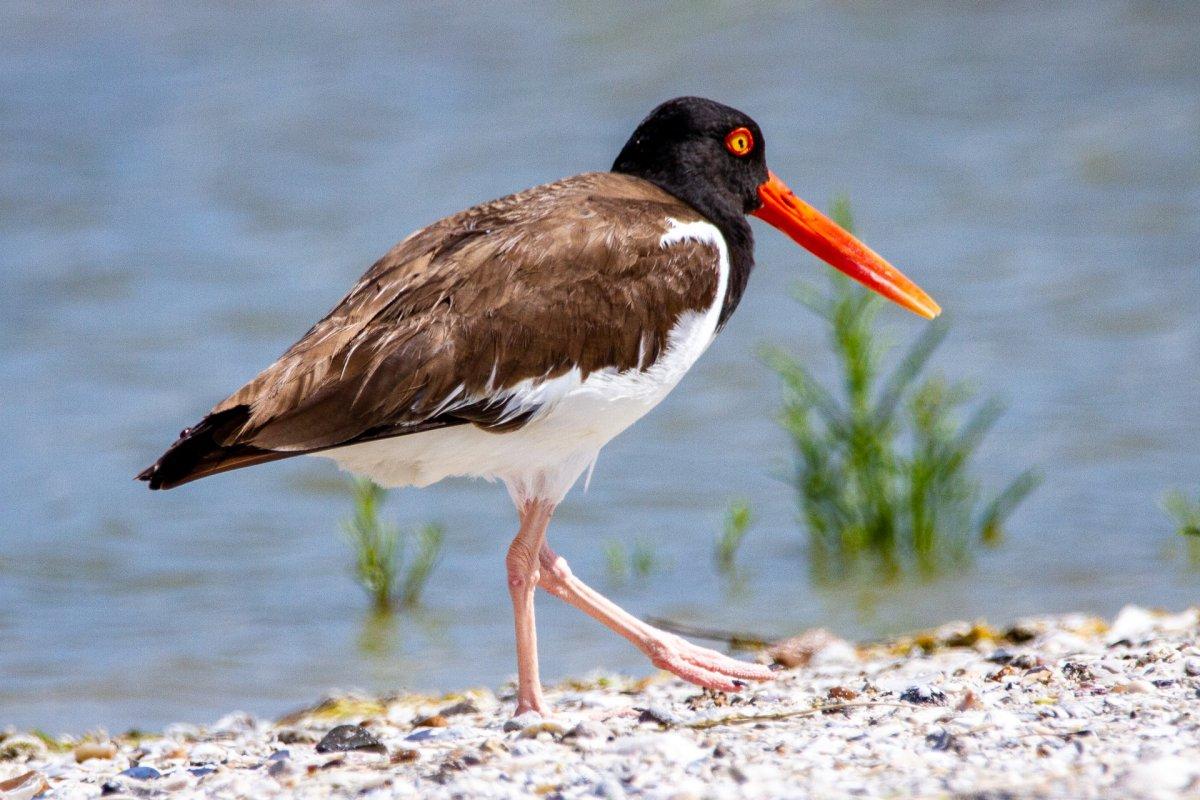
- Name: Eurasian oystercatcher
- Scientific name: Haematopus ostralegus
- Conservation status:
The Eurasian oystercatcher, also known as the common pied oystercatcher or the Palaearctic oystercatcher, is a species of wader native to Europe, Euro Siberia, China, and Korea.
It is the most widespread species of oystercatcher, and it is the national bird of the Faroe Islands. It feeds using its bright red and orange bill, particularly useful to open up bivalved crustaceans such as oysters, but not only, as worms are also often caught.
20. European badger
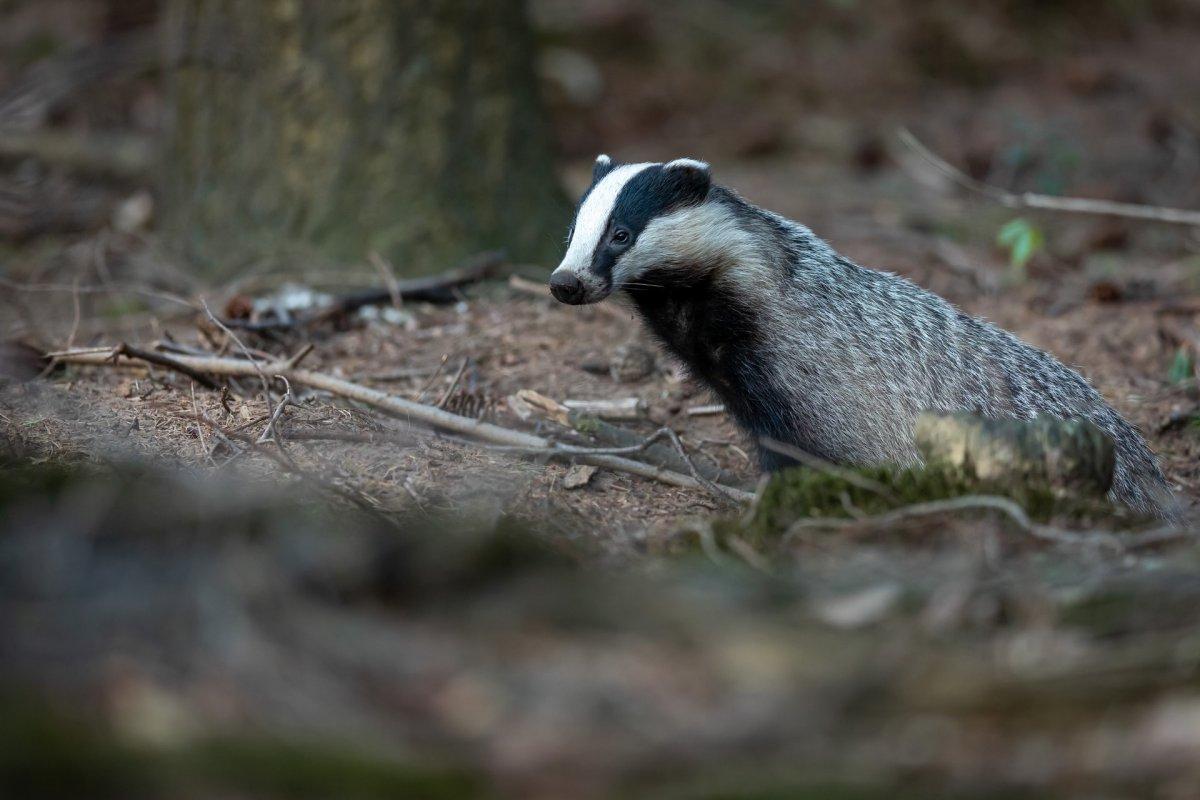
- Name: European badger
- Scientific name: Meles meles
- Conservation status:
The European badger is a species of mustelid native to almost the entirety of Europe. It is considered of least concern, as it is fairly common within its range, which is very wide.
Although it is officially classified as a carnivore, this animal is actually much more omnivorous, as it feeds on cereals, tubers, insects, earthworms, and even carrion. It can be exceptionally strong when threatened or cornered, which is why you should be careful when approaching a badger.
21. European fallow deer
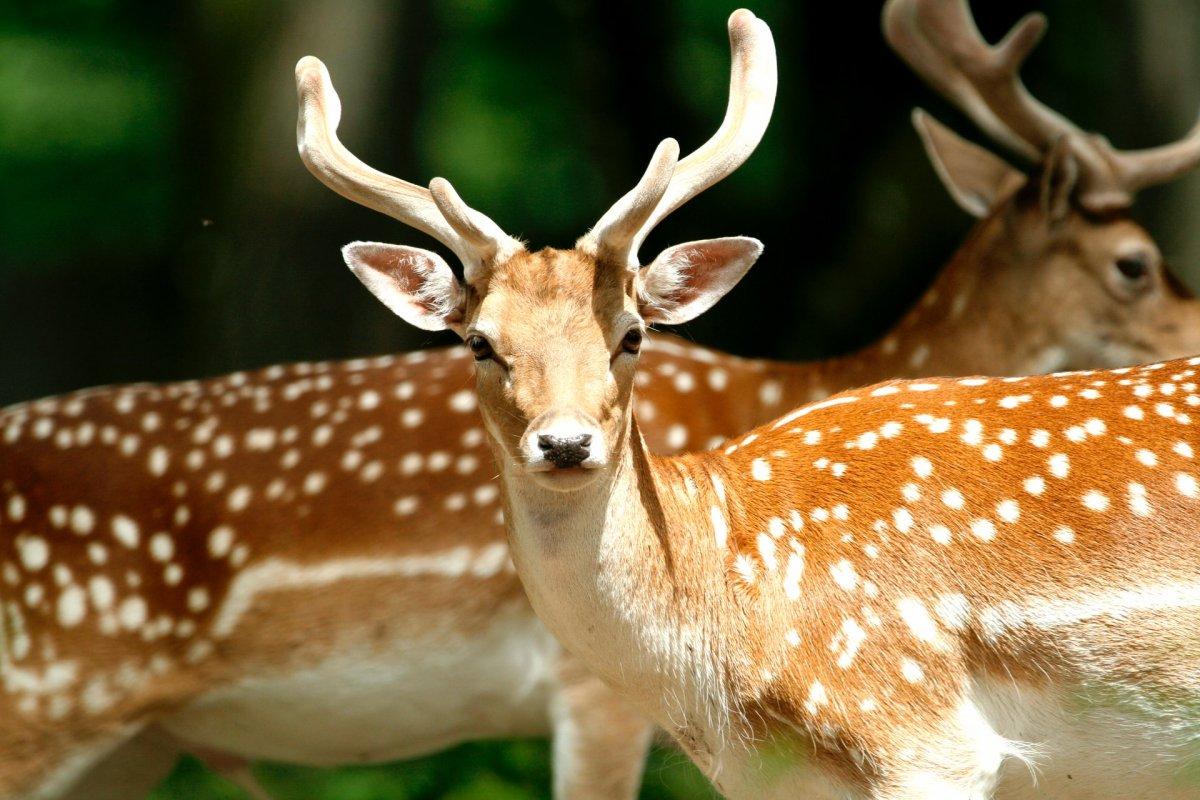
- Name: European fallow deer
- Scientific name: Dama dama
- Conservation status:
The European fallow deer, also known as the common fallow deer or simply the fallow deer, is a species of ruminant mammal native to Turkey, the island of Rhodes (which belongs to Greece), Italy, and the Balkan Peninsula. Throughout history, it has also been introduced to several other parts of Europe and the world.
Females are called does while males are known as bucks, and they are famous for their antlers, covered in velvet.
22. White stork
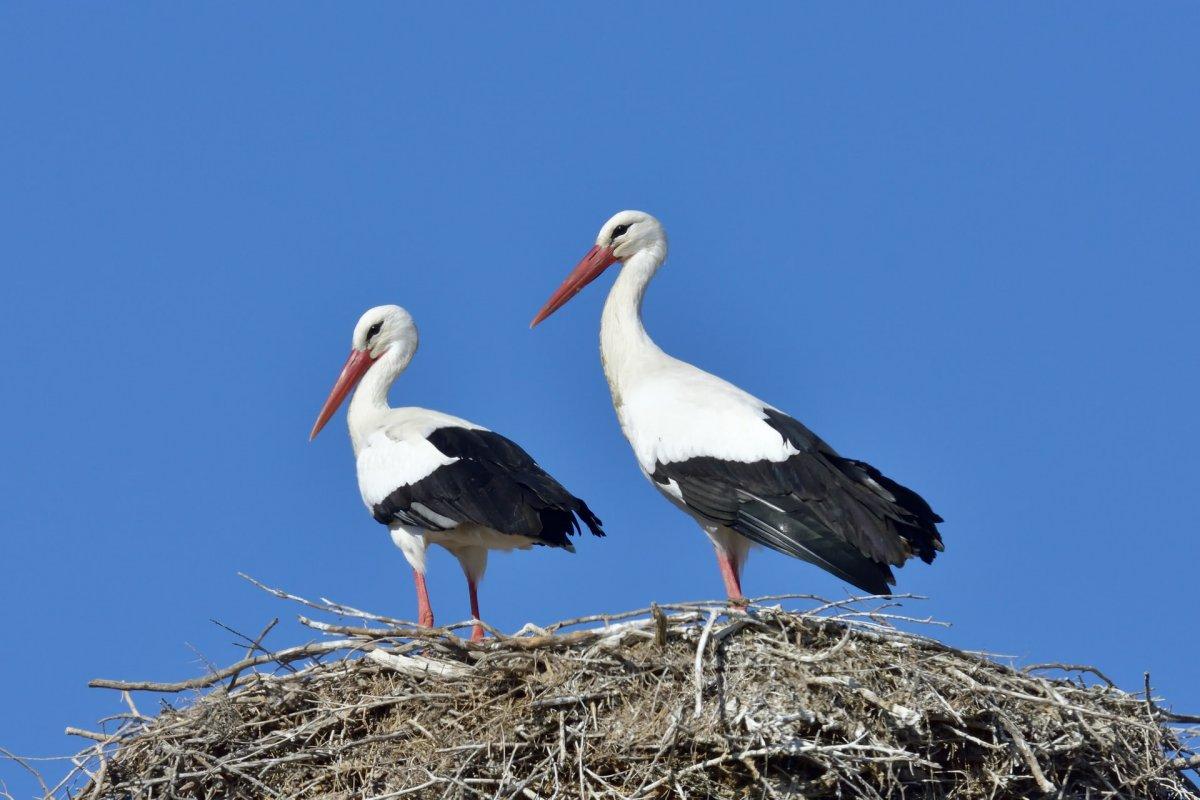
- Name: White stork
- Scientific name: Ciconia ciconia
- Conservation status:
The white stork is a species of large bird native to Europe and western Asia, and it winters in sub-Saharan Africa and in the Indian subcontinent.
Despite its peaceful and emblematic look, the white stork is a carnivore that feeds on a wide range of prey, from insects and fish to small mammals and birds. It finds its food in low vegetation and shallow water and strikes with its sharp beak.
23. Great cormorant
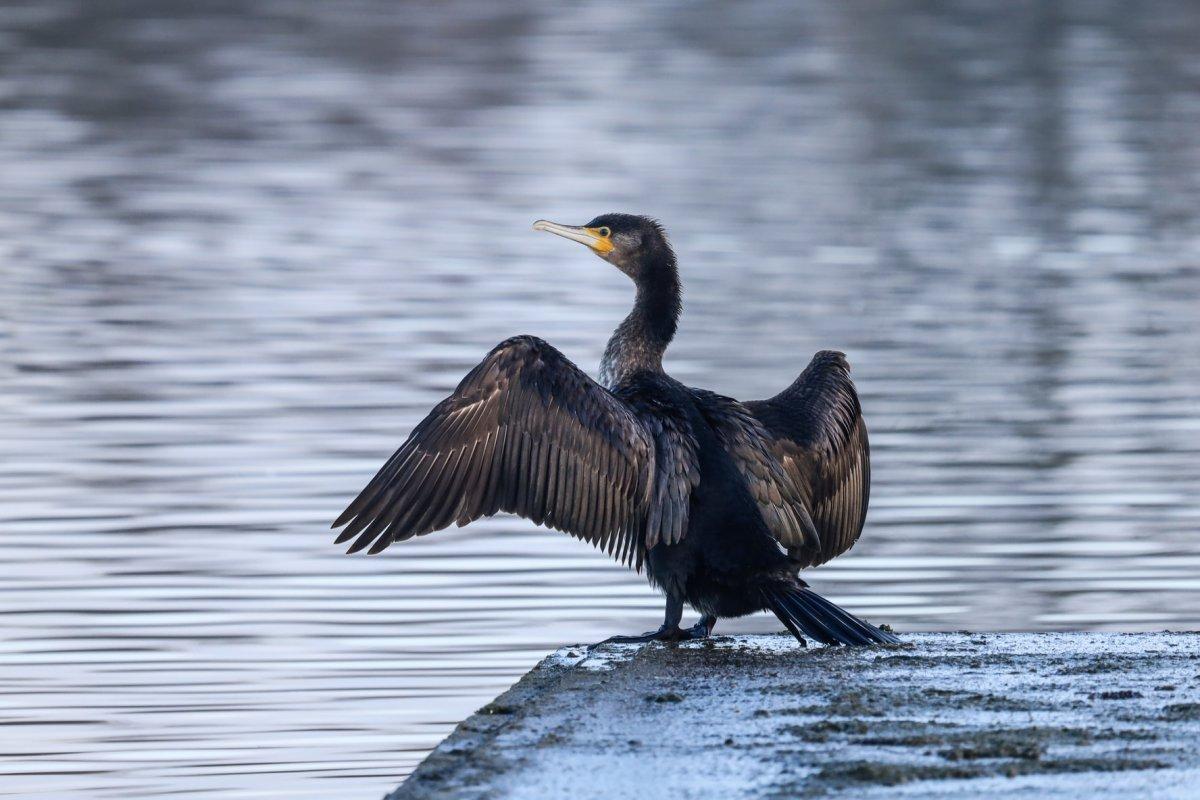
- Name: Great cormorant
- Scientific name: Phalacrocorax carbo
- Conservation status:
The great cormorant, also known as the black shag, the black cormorant, or the large cormorant, is a large species of seabird native to Eurasia, Australia, and the Atlantic coast of North America. Although it is very common within its range, which is quite wide, there is a very rare variation that is completely white. However, it suffers from poor eyesight and hearing and rarely survives in the wild.
24. Humpback whale
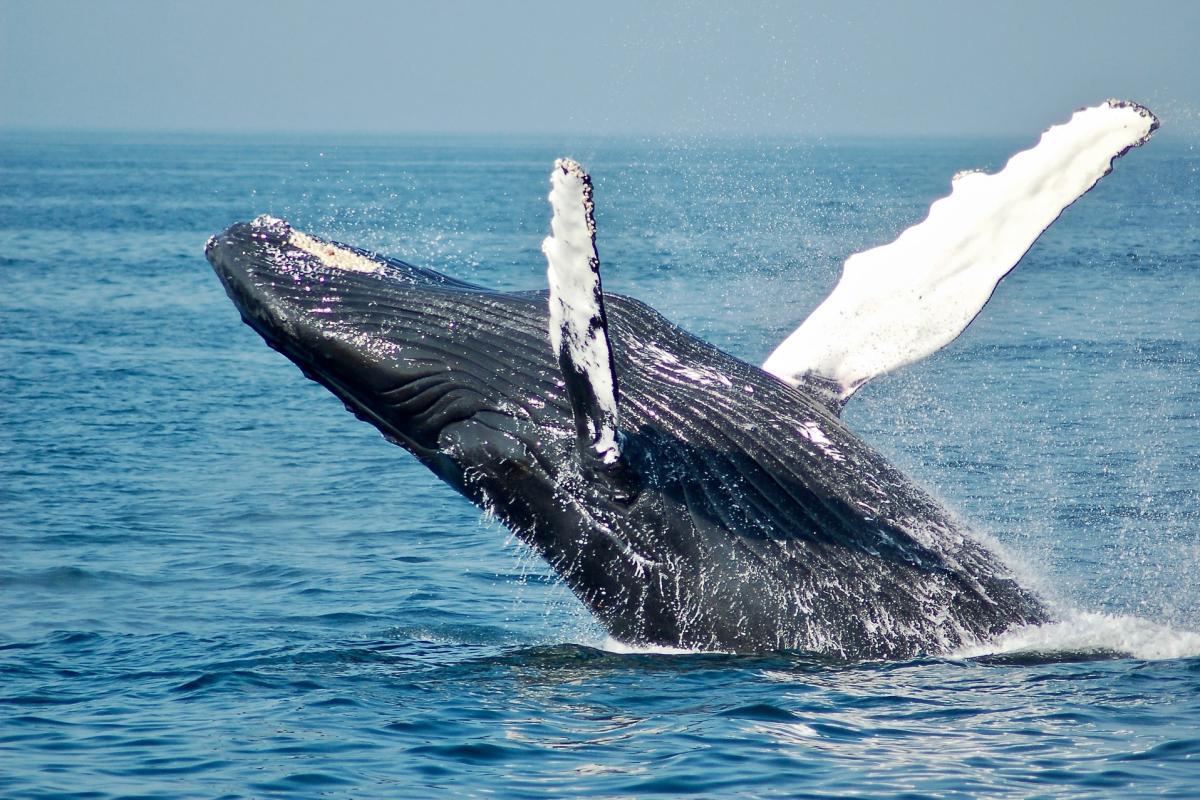
- Name: Humpback whale
- Scientific name: Megaptera novaeangliae
- Conservation status:
A perfectly majestic way to end this list. The humpback whale is a species of baleen whale native to every ocean and almost any sea in the world.
Very familiar to whale watchers due to its unique surface breaching behavior, this whale species migrates up to 16,000 km / 9,900 mi per year! It feeds in polar waters before migrating to tropical and subtropical waters to breed and give birth.
—
So there you have them, these were my 24 animals found in Greece wildlife. I hope you enjoyed this list and that you learned something new today.
In case you want to learn more about animals in the country, feel free to keep reading, as I still have lots of things to tell you about:
Endangered Animals of Greece
This is definitely the saddest part of the list, but it is very important to raise awareness. Because of this, let’s go through the list of endangered animals in Greece.
Here are the animals in danger of extinction in Greece.
- None
- Sociable lapwing
- Adriatic sturgeon
- Sand tiger shark
- Great hammerhead
- Greek ninespine stickleback
- and 30 more…
- Spinetail devil ray
- Mediterranean monk seal
- Steppe eagle
- European souslik
- Angular roughshark
- and 34 more…
To see the full list of endangered species in Greece, head over to the International Union for Conservation of Nature’s Red List.
What is the National Animal of Greece?
The national animal of Greece is the dolphin.
You might not expect the dolphin, out of all animals, to be the national symbol of Greece. In fact, it is something that not a lot of people know, but it was chosen because of mythology and ancient beliefs.
Indeed, the dolphin appears in many Ancient Greek myths, as it was featured in palaces, stories, and folklore. Back then, it was already considered a very intelligent and altruistic creature and was respected for that.
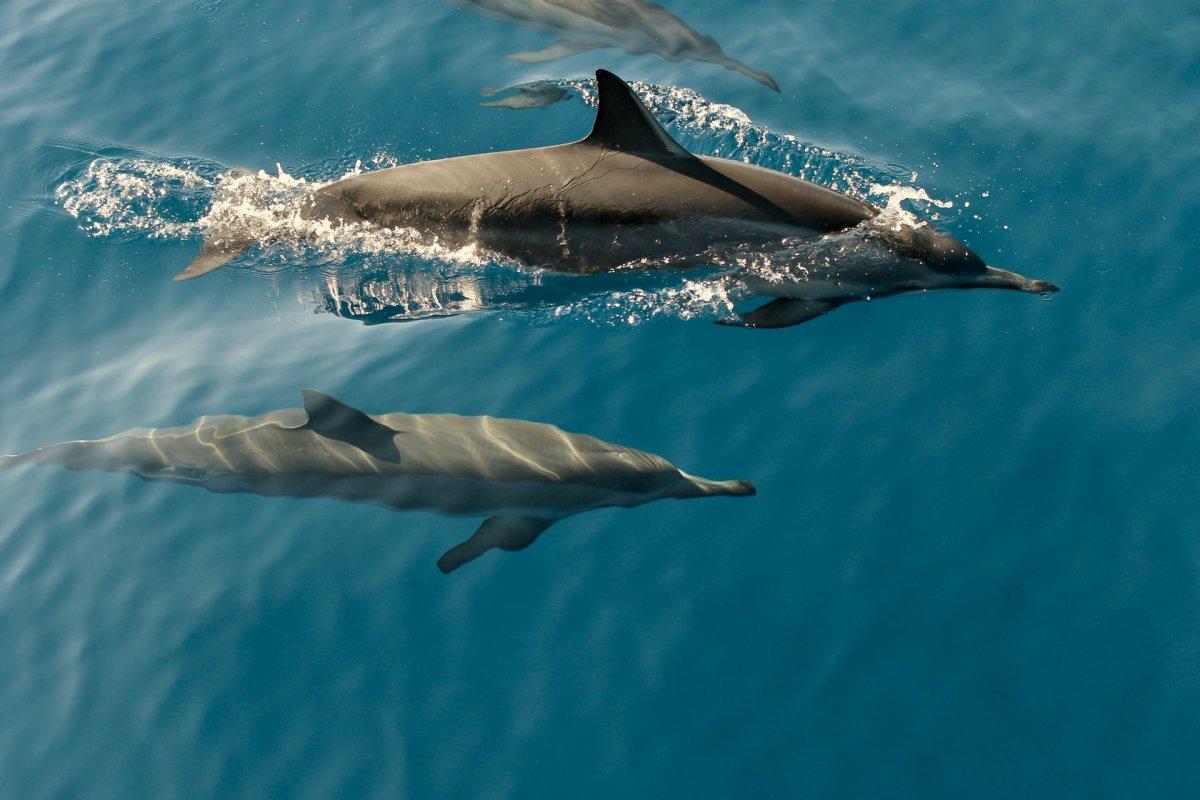
How Many Animals Native to Greece?
What is the diversity of native animals in Greece?
Let’s look at the total number of species of Chordata (mammals, birds, fishes, and reptiles).
Total number of animal species in Greece: 1,170 (3,149 in total in Europe)
More About Animals in the World!
Loved these Greece animals facts? Want to see what animals live in other countries?
Then check out these posts:
Or click here to see ALL the facts up on the blog! Spoiler alert: there’s A LOT of them.
Share the knowledge! Click on the buttons below to share information about these animals that live in Greece with your friends, and help them learn more about the world 🙂
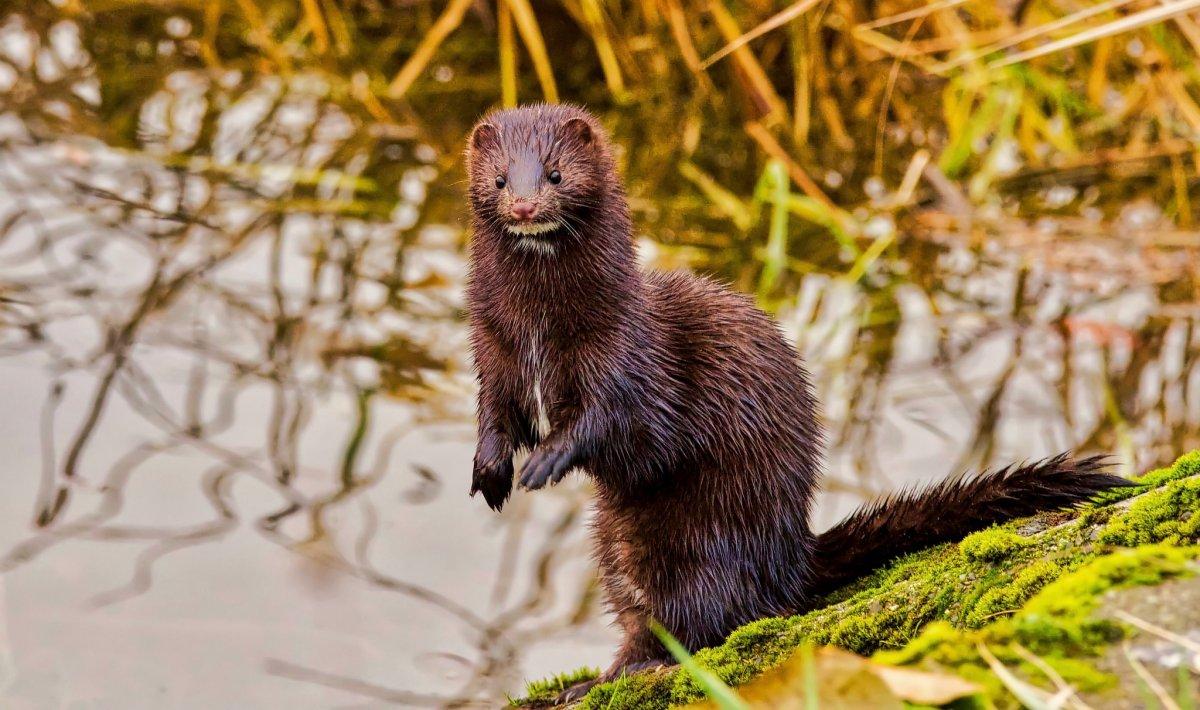
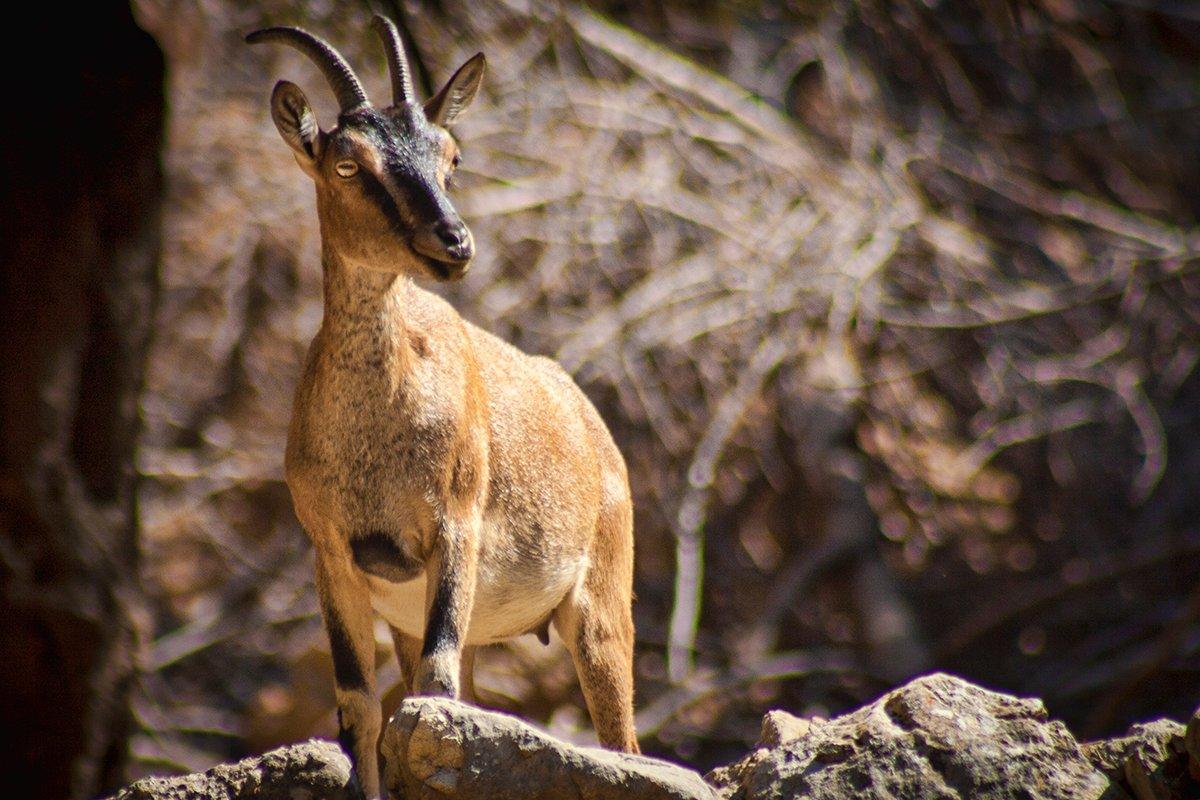
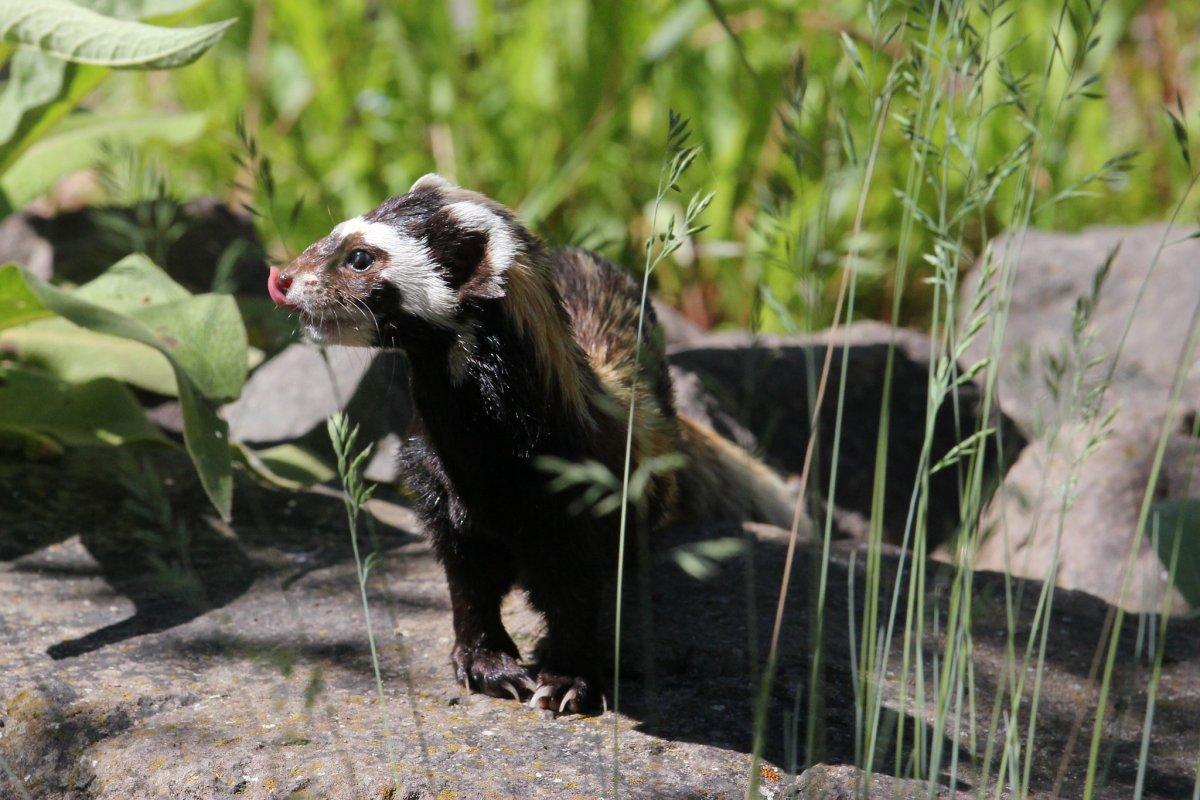
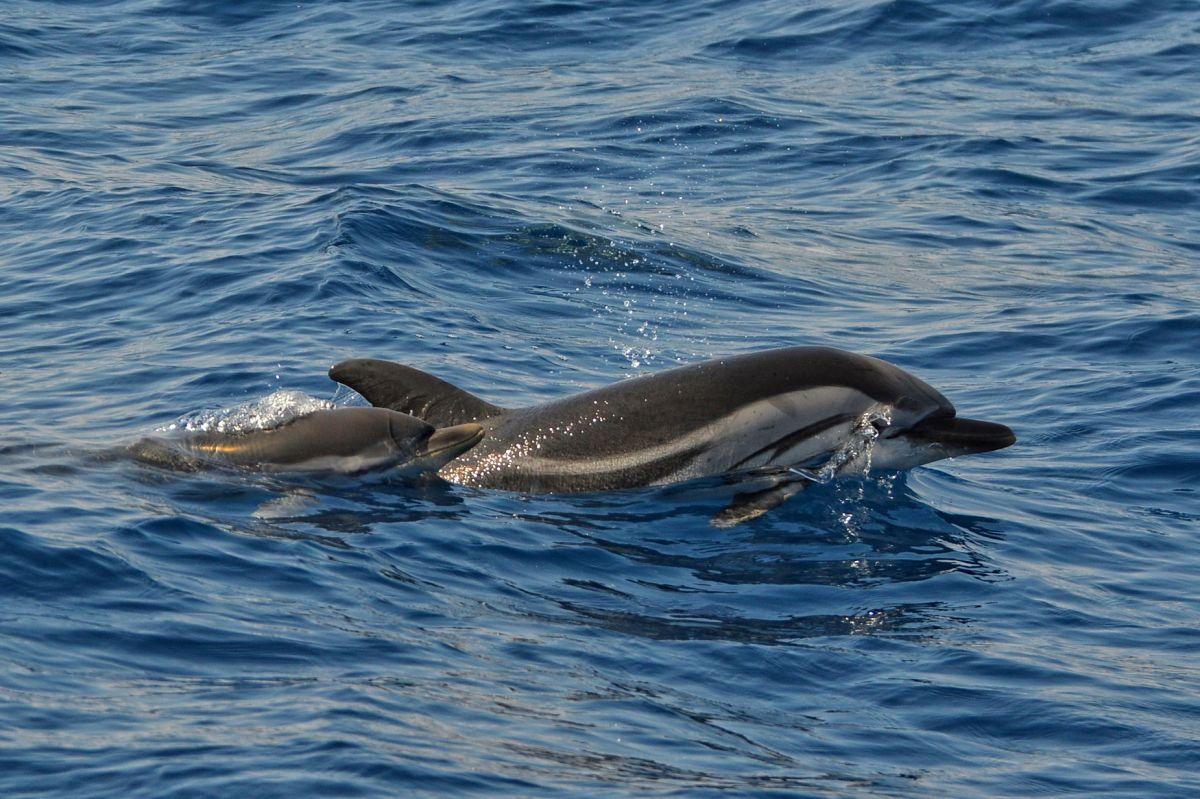

![21 Wild Animals in Ireland [Wildlife in Ireland]](https://www.kevmrc.com/wp-content/uploads/2022/06/21-wild-animals-in-ireland.jpg)
![11 Wild Animals in South Sudan [Wildlife in South Sudan]](https://www.kevmrc.com/wp-content/uploads/2022/12/11-wild-animals-in-south-sudan.jpg)
![15 Wild Animals in Ghana [Wildlife in Ghana]](https://www.kevmrc.com/wp-content/uploads/2022/12/15-wild-animals-in-ghana.jpg)